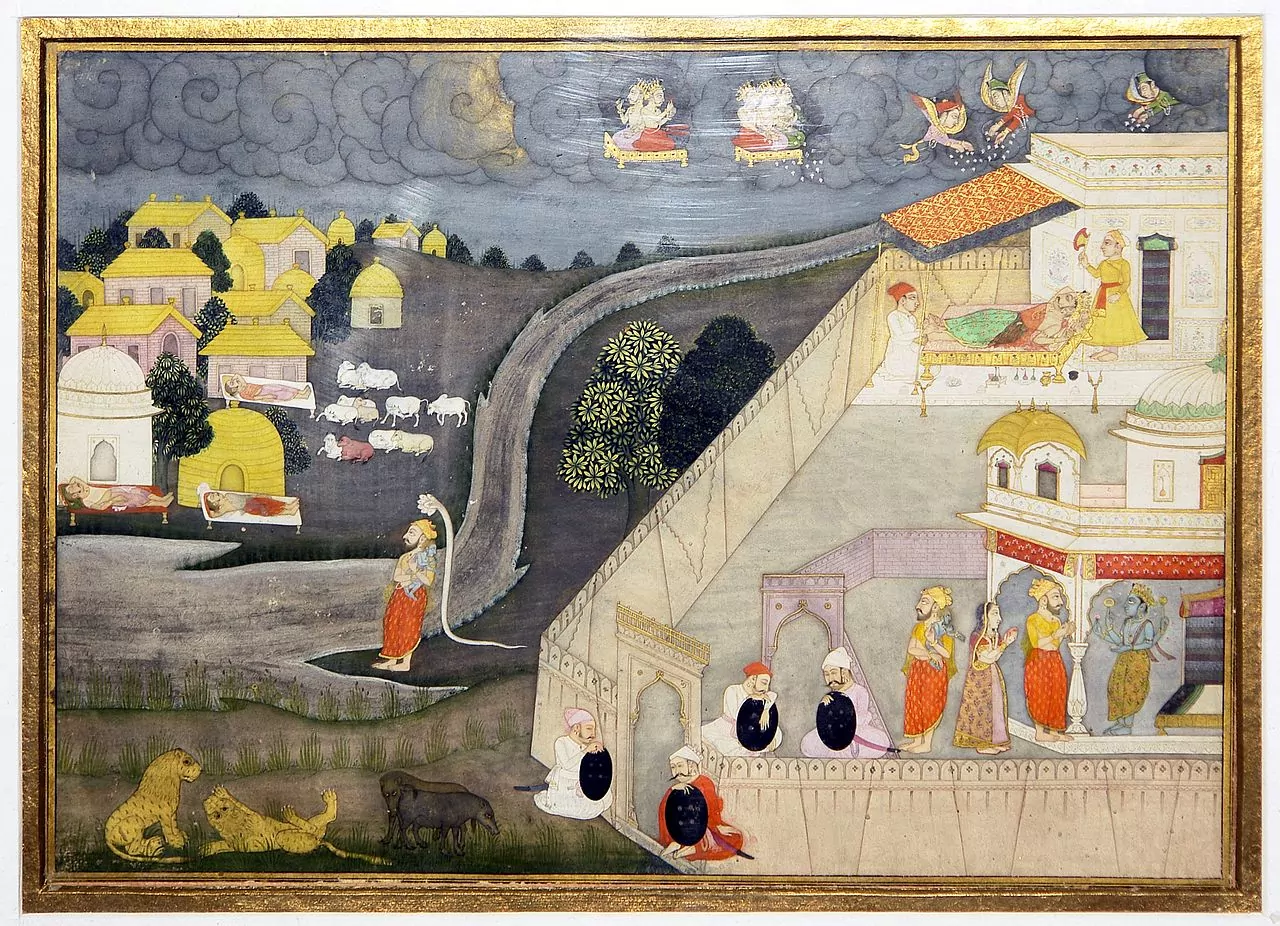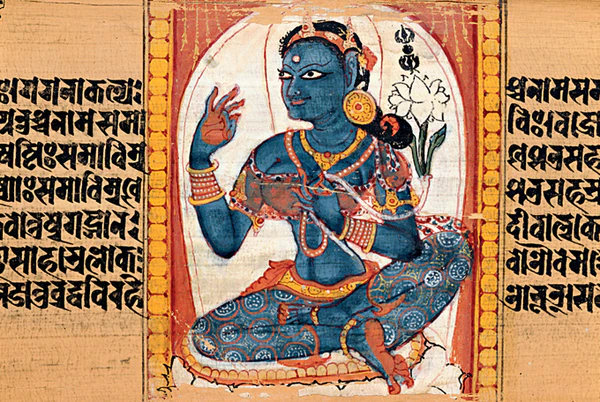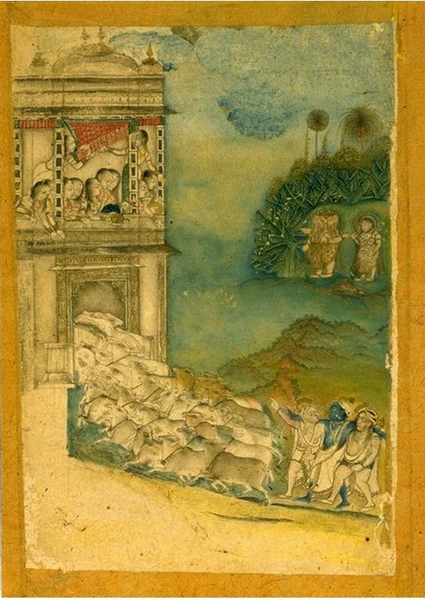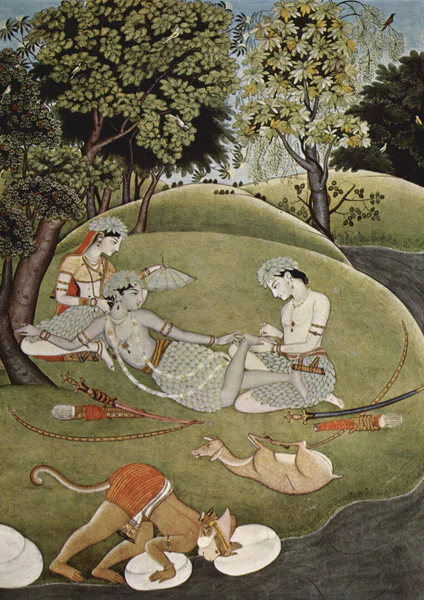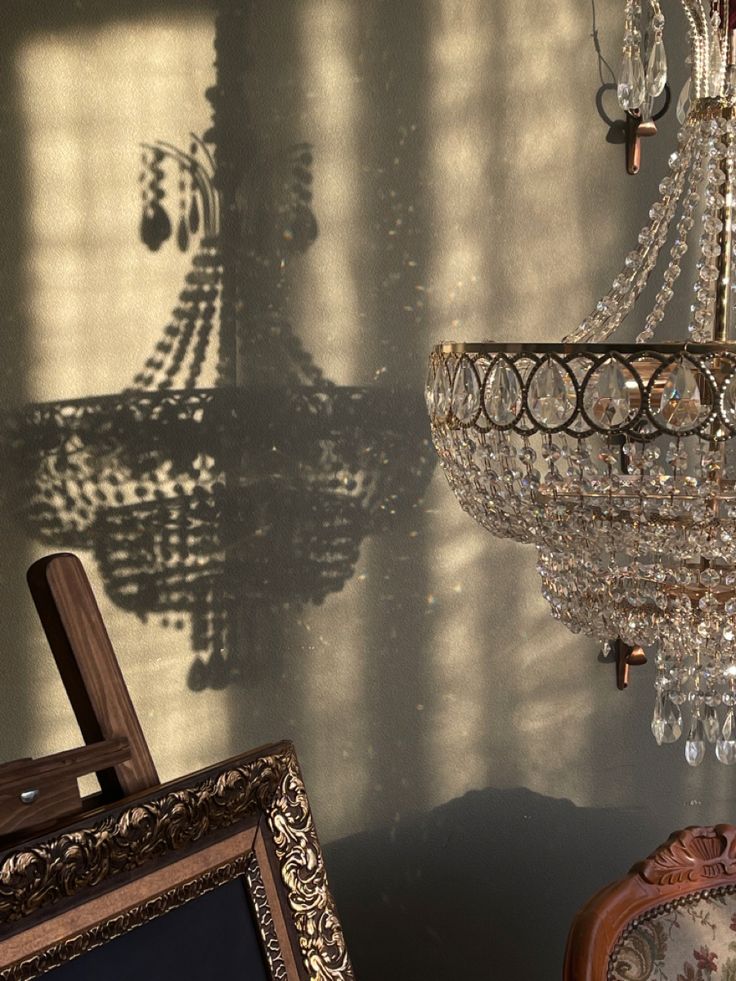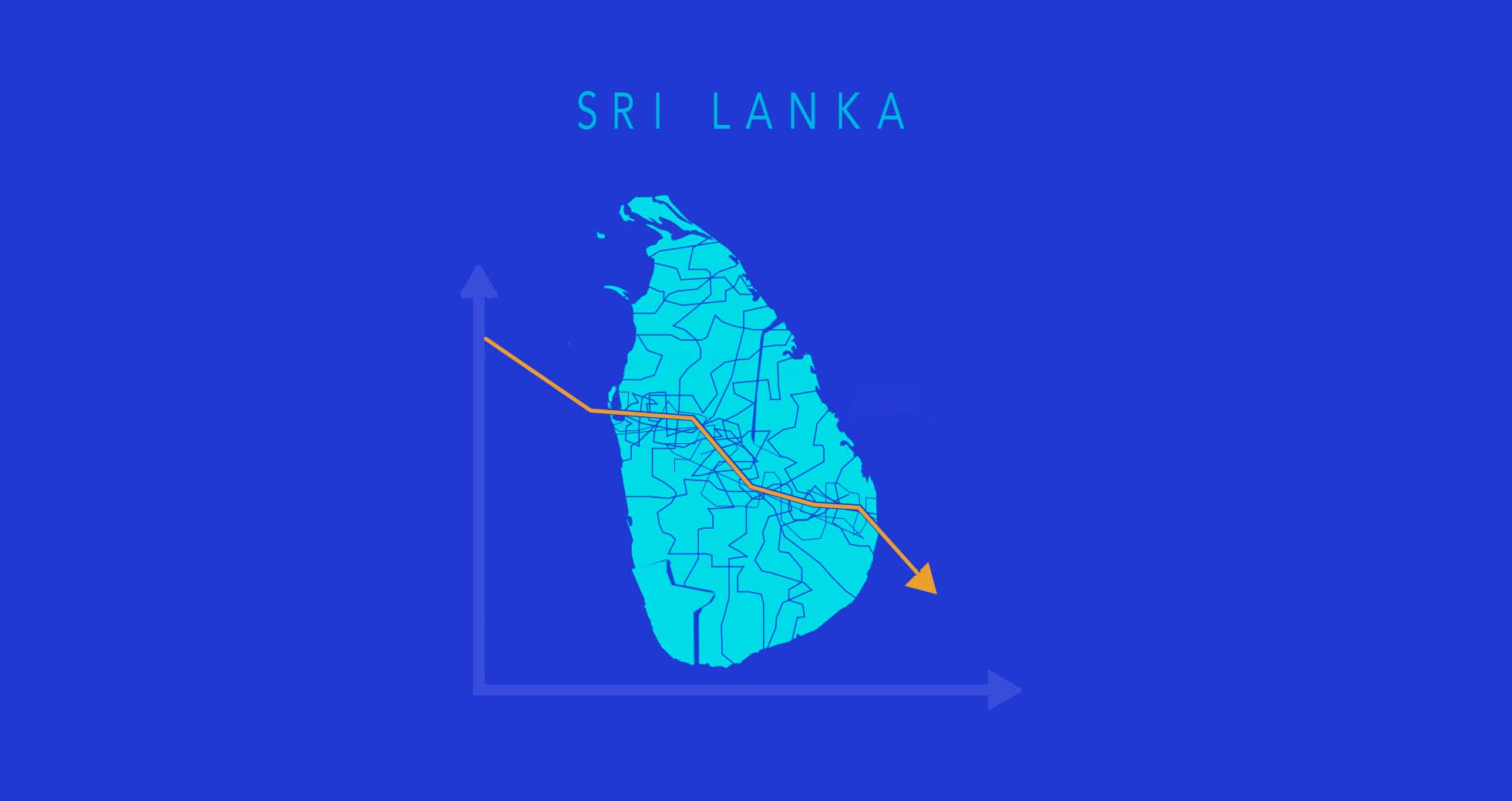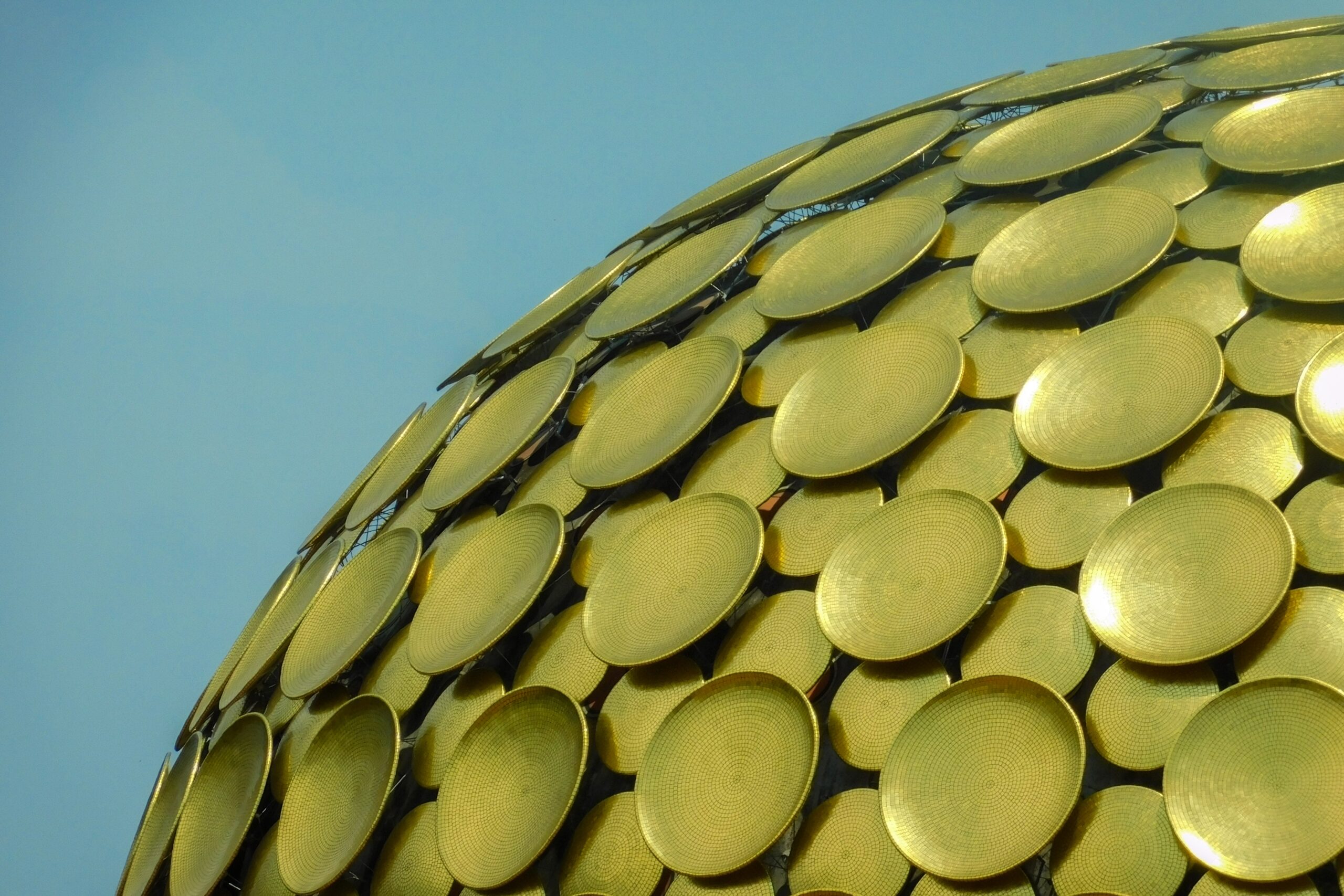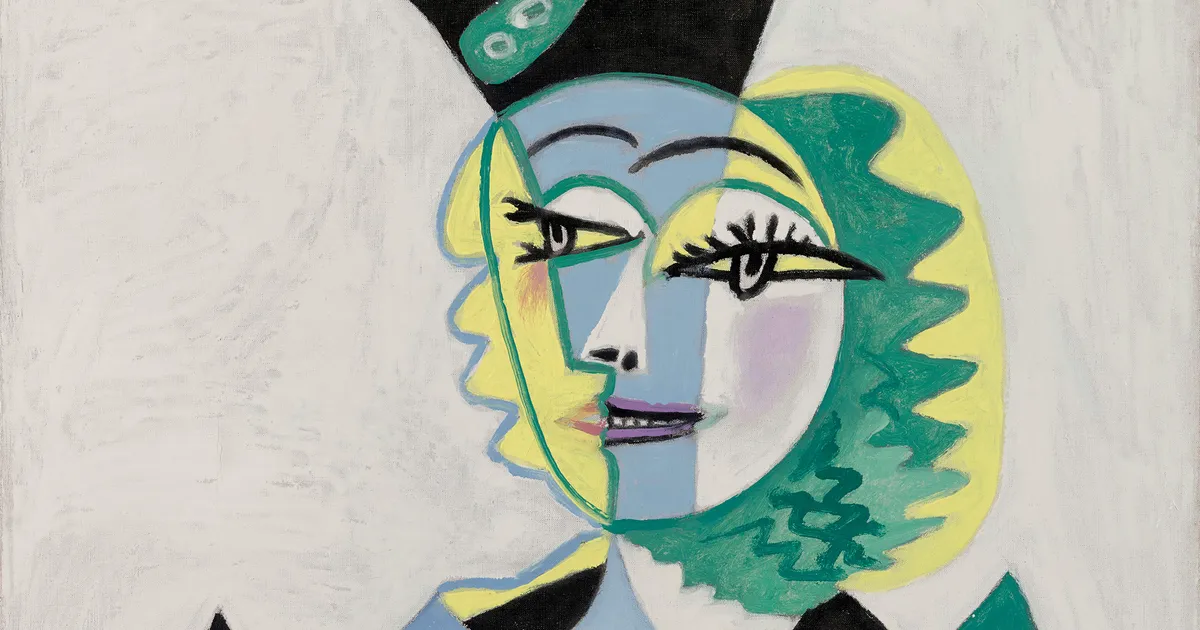Embarking on a journey through the mesmerising halls of City Palace Udaipur, I found myself entranced by the delicate allure of Indian Miniature Paintings. It was within the intricate strokes and vibrant hues of the Rajasthani School of Miniature Paintings, showcased at the City Palace, that I first glimpsed the enchanting world of this ancient art form. The tapestry of scenes unfolded before my eyes, each stroke telling a tale of tradition, culture, and artistic finesse. Embarking on a journey through the rich history of Indian Miniature Paintings, Svasa Life uncovers the diverse schools that have enriched its kaleidoscopic canvas and unveil the numerous layers that collectively transform this genre into an enduring masterpiece of visual art.
The tradition of Indian miniature painting can be traced back to the 9th-10th century, originating during the Buddhist Pala period in eastern India through palm leaf manuscripts, and concurrently in western India through Jaina palm leaf manuscripts. The advent of paper in the 12th century paved the way for larger-format manuscript illustrations, signalling a shift from the narrow palm leaf medium. However, distinct schools of Miniature Paintings did not emerge until the Lodi period (1451-1526 AD), marked by the establishment of a Sultanate bourgeois school of manuscript reflecting the court style. The true zenith of miniature painting unfolded during the Mughal Empire (1526-1757 AD), with the establishment of studios at the Imperial court ushering in a new chapter in Indian art. This period witnessed the dissemination of illustrated manuscripts, album miniatures, portraits, celebratory and genre scenes, and various other paintings across India. Although initially influenced by Persian art during the Mughal era, Indian miniature painting swiftly reclaimed its autonomy and originality, transcending into its early Persian influences.
Mamaki, Pala School
Late 11th century
The Mughal emperors, Akbar and Jahangir, actively supported miniature art, capturing the intricacies of palace life and the notable accomplishments of royalty. In the realm of Rajasthani miniatures, prevalent themes revolved around the enchanting love saga of Radha and Lord Krishna, along with other compelling mythological narratives.
Around 1770, a nascent art form began to take shape as some territories came under the control of the East India Company, marking the roots of colonialism in India. Seeking to emulate the cultural refinement of Mughals and Rajput princes, or perhaps feigning an understanding of Indian culture, British traders-turned-rulers turned to painting as a testament to their purported good taste. The European painting techniques, encompassing shading and perspectives, became integral to the tradition of miniature art. The term “Company School of Painting” broadly refers to Indian paintings created by local artists under the patronage of East India Company officials.
The Indian Miniature Painting landscape is diverse, featuring various schools such as the Mughal, Rajasthani, and Pahari schools, each characterised by distinct aesthetics and techniques. The Mughal school stands out for its meticulous detailing, the Rajasthani school for its vibrant colour palette, and the Pahari school for its delicate brushwork. These schools collectively contribute to the rich tapestry of Indian art, reflecting the cultural intricacies and artistic diversity of different regions.
Flourishing in diverse regions of India, Rajasthani miniature art gave rise to several distinctive schools, each carving out a unique identity. Notable among these are the schools of Malwa, Mewar, Marwar, Bundi-Kota, Kishangarh, and Amber. The Pahari style, nurtured under Rajput patronage in the mountainous terrain spanning from Jammu to Himachal Pradesh, evolved through a fusion of Mughal miniature art and narratives from the Vaishnavite tradition.
(L-R) Godhuli- Mewar School, Rama and Sita in the Forest- Kangra School
1813, 1780
In the Deccan region, a flourishing artistic tradition emerged known as the Deccani style of miniature painting, which thrived from the 16th to the 19th century. Prominent centres for this style included Bijapur, Ahmednagar, Golkonda, and Hyderabad. This unique style intricately intertwined motifs from Islamic art, drawing inspiration from European, Iranian, and Turkish artistic elements. Deccani miniature paintings not only showcased the visual splendour of Islamic art but also incorporated elaborate illumination and decoration of texts from the Holy Quran and the Surahs. Over time, indigenous art forms and romantic elements seamlessly melded into the Deccani miniature painting tradition.
Dominating one of the most captivating periods of Pahari painting in the small state of Guler in the Punjab Hills were the esteemed artists Pandit Seu and his two sons, Manaku and Nainsukh. Their collective influence left an indelible mark on the artistic landscape of the region. Mir Sayyid Ali, another luminary, distinguished himself by contributing his artistic brilliance to the ateliers of four monarchs. Miskin, who honed his skills under Mir Sayyid Ali in Akbar’s atelier, further enriched the legacy of Indian Miniature Painting. Each of these great masters played a pivotal role in shaping the trajectory of this exquisite art form, leaving behind a rich tapestry of creativity and cultural significance.
Today, a treasure trove of exquisitely preserved miniature paintings can be found in museums and ancient forts, testament to the enduring legacy of this art form. Remarkably, the tradition persists in a few select regions in India, often sustained under the patronage of royal families, ensuring the continued vibrancy of Indian Miniature Painting.
Words by Anithya Balachandran.
Image Courtesy Artisera Collectibles.
